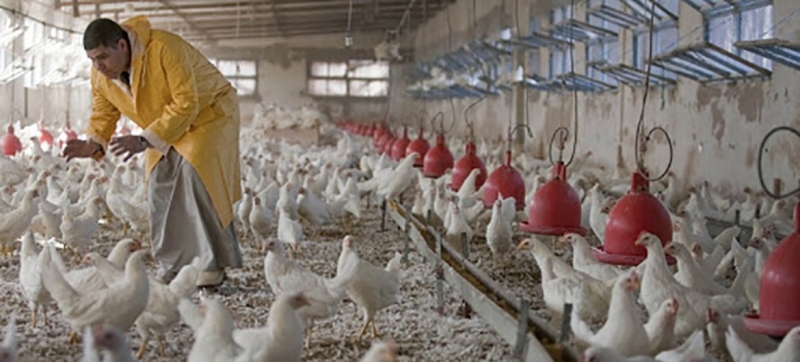
By December 2024, the infection had been detected in more than 70 species of domestic and wild mammals, including ongoing H5N1 cases in dairy cattle in the United States. Bird flu has spread to 108 countries and territories Health
There have been 76 human cases of H5 avian influenza viruses in 2024, most of them in farm workers. Of these cases, 61 were in the United States, which has also seen outbreaks of H5 viruses in wild birds, poultry, and, most recently, dairy cattle, Maria Van Kerkhove of the World Health Organization (WHO) said today at a briefing in Geneva.
While much of the attention has focused on the United States, cases have also been reported this year in Australia, Canada, China, Cambodia and Vietnam. WHO has been running the Global Influenza Surveillance and Response System for 70 years, and the Pandemic Influenza Preparedness Framework has been in place since 2011.
The Changing Situation
“At this point, based on the information available, we assess the risk to the general public as low,” Van Kerkhove said. “However, for farm workers and other people in contact with infected animals, the health risk is assessed as low to moderate, depending on factors such as the presence of risk mitigation measures and the availability of personal protective equipment, including coveralls, respirator masks, eye protection, gloves and footwear.”
According to the available information, H5N1 viruses have not yet adapted to human-to-human transmission, and no cases of human-to-human transmission have been detected among the reported cases, as confirmed by epidemiological, virological and serological data research.
“We must remember that the situation can change quickly as the virus continues to evolve. We must be prepared for such a scenario,” a WHO spokeswoman emphasized.
Wide spread
Over the past three years, cases of bird flu have been reported in 108 countries and territories on five continents, according to the World Organisation for Animal Health. By December 2024, the infection had been detected in more than 70 species of domestic and wild mammals, including ongoing H5N1 cases in dairy cattle in the United States, Gregorio Torres, head of science at the organization, told a briefing.
Careful monitoring of the virus has so far shown no signs of effective adaptation to mammals, but this could change at any time, he added.
In turn, Madhur Dhingra, senior animal health officer at the Food and Agriculture Organization of the United Nations (FAO), emphasized the significant global impact of highly pathogenic H5N1 avian influenza, especially on the poultry industry. In addition to the direct impact on livelihoods, economic hardship is reducing investment in biosecurity measures.
The spread of the virus has also affected wildlife, with more than 500 bird species and more than 70 mammal species affected, including endangered animals such as the California condor and polar bears. The impact on biodiversity, particularly seabirds and marine mammals, and the disruption of fragile ecosystems such as the Antarctic region are worrying, Dhingra said.
